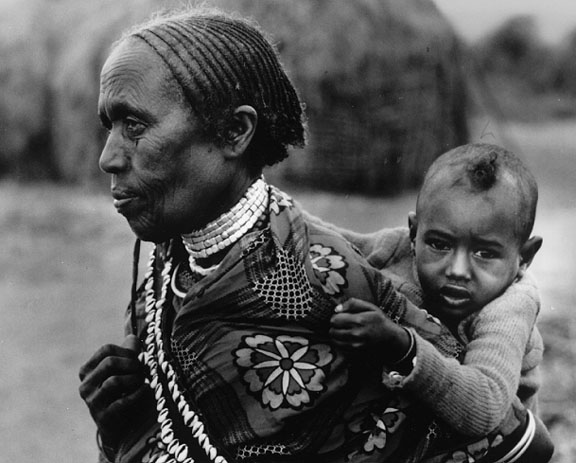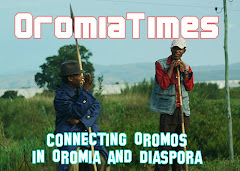Abraham Verghese is a physician whose nonfiction books The Tennis PartnerMy Own Country received rave reviews. Now appears his much-anticipated first novel, Cutting for Stone. Set primarily in an Ethiopian hospital called Missing (a misprint of “mission”) in the capital of Addis Ababa, it’s a contradiction of sorts — half literary novel, half soap opera, an exhausting and fantastic evocation of the life of a pair of twins whose mother was a nun and father an English surgeon.
The twins both grow up to be doctors and become patients in a ground-breaking live organ transplant, performed by their estranged father, which is both the tragic and triumphant end of the novel. Written with a lyrical flair, told through a compassionate first-person point of view, and rich with medical insight and information, it’s a novel that transcends its weaknesses and makes for a memorable read.
Spanning the half-century between the boys’ birth in 1954 to the discovery of a lost letter that solves a plot mystery in 2004, the story touches the edges of history. Primarily it’s an indictment of the cruelty of Ethiopian Emperor Haile Selassie. As the boys grow up they both come to fall in love with a young African woman named Genet, the love interest of the plot, who is the daughter of a rebel figure, Zemui, and who later becomes an Eritrean rebel herself. Deplorable poverty and vicious dictatorial rule are what these people fight against.
Here’s an example of that viciousness: At one point the twins, Shiva and Marion, see the emperor pass by; he waves to them graciously. “It was 1963, the year Kennedy was assassinated. ... Of the twenty-six cars at His Majesty’s disposal, twenty were Rolls-Royces. One was a Christmas present from the Queen of England. ... An old woman waving her paper must have caught the Emperor’s eye. The Rolls stopped. The old woman, bowing, thrust her paper to the window with both hands. She seemed to be speaking. The Emperor was evidently listening. The old woman became more animated, gesturing with her hands, her body rocking, and now we could hear her clearly. The car moved on, but the old lady wasn’t done. She tried to run with the Rolls, fingers on the window. When she couldn’t keep up, she yelled, ‘Leba, leba’ — ‘Thief, thief.’ She looked around for a stone, finding none, took off her shoe and bounced it off the trunk before anyone could react. I saw only the rise of the policeman’s club and then she was slumped on the ground, like a sack. The palace gates swung shut. The old woman, motionless, nevertheless got a vicious kick to her ribs.”
The mention of Kennedy and the Queen of England underscore the implicit cooperation of Western governments with Selassie’s despotic rule.
Cutting for Stone’s most melodramatic element is its plot, which is supercharged by a series of mysteries that include the dire fate which befell their mother, Sister Mary Joseph Praise, the less-than-immaculate conception of the twins, the unknown existence of a letter that explains all, and how and when the beautiful Genet will tear apart the bond between the brothers. The novel is a bit of a potboiler, full of minor characters who have significant roles in plot twists, and that fuels in part its excessive length and numerous digressions.
Verghese’s first book described working at an AIDS clinic in Tennessee, and his medical expertise informs and enlivens much of this story. He describes the death of Sister Mary Joseph Praise while giving birth to the twins in lavish and queasy detail — the introductory section of the novel spans 166 pages. After their mother dies, the twins are adopted by two other doctors, Hema and Ghosh. These two doctors become the pillars of their world, guiding them through entanglements with Ethiopian resistance to Selassie and toward a life as surgeons.
All through the novel Shiva and Marion struggle with their cursed history, trying to unravel the mystery of their conception and their abandonment by their father, Thomas Stone. He’s a good man with a troubled past: a dominant father and a mother who died of syphilis complications, contracted from her husband.
Why did Thomas Stone abandon his sons? How did he and Sister Mary Joseph conceive them? (The old-fashioned way, an easy guess.) Which of the sons will live and which will die? All of these central mysteries are presented early in the novel. Ultimately all are answered.
Contemporary literary comparisons are not easy with Verghese. At times he seems to be reaching for the magical realism of Gabriel Garcí a Márquez, but with a more pragmatic bent. He is of Indian heritage but does not have Salman Rushdie’s satiric tendencies. He glorifies doctors but does not possess the irony or levity of John Irving’s sick physician in The Cider House Rules.
Ultimately, he is a particular hybrid creature, both novelist and physician, and like a mythical beast, has a style and magic all his own.
William J. Cobb’s most recent novel is Goodnight, Texas.


















No comments:
Post a Comment